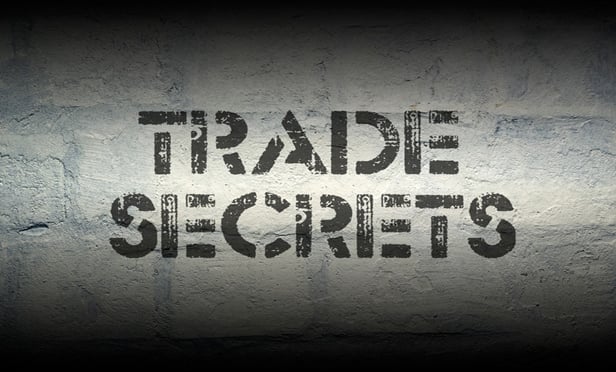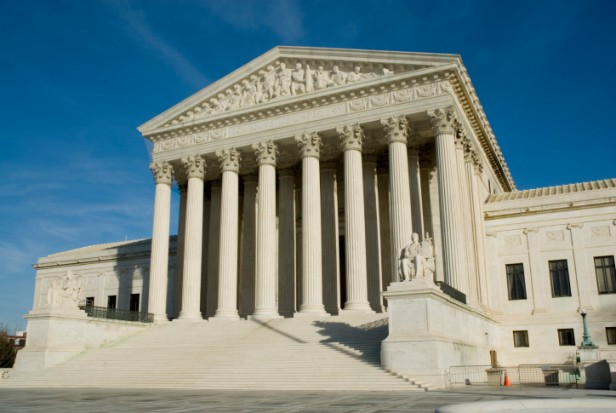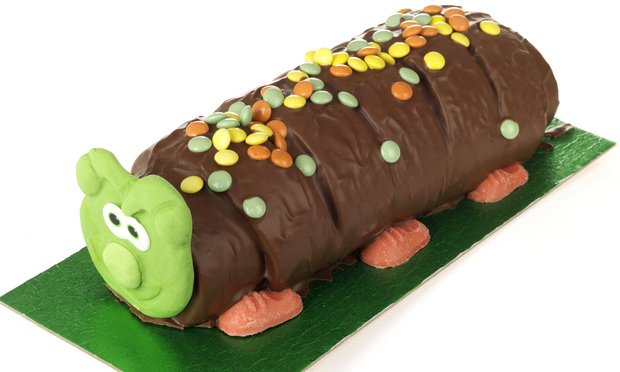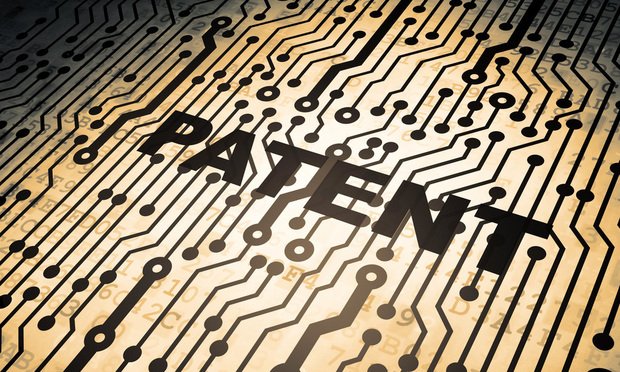Features

WEBINAR: AI & Intellectual Property
Owners of intellectual property should be aware of how their works are used by generative AI models and the users of these tools, and timely action should be taken to defend intellectual property against infringement. Join LJN for a free webinar on Nov. 9.
Features

Federal District Court Denies Copyright to Visual Art Piece Generated Solely By Artificial Intelligence
In August, the U.S. District Court of the District of Columbia affirmed the U.S. Copyright Office's denial of a copyright application for a visual piece of art generated entirely by an artificial intelligence-driven computer called the "Creativity Machine." Recognizing that U.S. "copyright law protects only works of human creation," the court determined that the Copyright Office "acted properly in denying copyright registration for a work created absent any human involvement."
Features

Protecting Artificial Intelligence Inventions: Takeaways from 'IBM v. Zillow' from a Patent Drafting Perspective
Part One of a Two-Part Article This two-part article sheds light on several important aspects of patents on AI technology. In Part One, we provide a general overview of the IBM v. Zillow lawsuit and discusses strategies to diversify patent portfolios to maximize protection on AI-related technology.
Features

The Presumption of Irreparable Harm After the Trademark Modernization Act Of 2020: The Good, the Bad and the Ugly
This article explores developments (both positive and negative) in the post-TMA world in which courts have wrestled with implementation of the presumption of irreparable harm in trademark cases.
Features

Trade Secret Protection for Consumer-Facing Products
Intellectual property laws, including copyright, patent, trademark and trade secret laws can provide avenues for companies to protect their IP. But it's not always clear what assets are protectable and what are not.
Features

How Far Can You Reach? The Territorial Limits of Lanham Act Infringement and False Designation of Origin Claims
On June 29, 2023, the U.S. Supreme Court set new geographic limits for infringement and false designation of origin claims raised under Sections 1114 and 1125(a) of the Lanham Act. Given the global nature of business today, the decision highlights the need for trademark owners to continually reassess and, perhaps, expand their international trademark registration strategy as product lines and brands become more international in scope.
Features

The Power, Perils and Pitfalls of Lookalikes
In April 2021, a food fight broke out between two of the UK's largest supermarkets. Marks and Spencer launched legal action against Aldi over the latter's alleged copy of its signature "Colin the Caterpillar" cake. This article takes a look at the issues surrounding lookalikes, what the English courts have said about them and what can be done by brand owners to protect against the risks they present.
Features

A Diverse Patent Portfolio Better Protects Artificial Intelligence Inventions
Takeaways from 'IBM v. Zillow' from a Patent Drafting Perspective Part Two of a Two-Part Article In Part One of this article we discussed the IBM v. Zillow case, where IBM sued Zillow for infringing on seven IBM's patents directed to artificial intelligence (AI) algorithms for estimating property value. The focus was on the difficulties in establishing patent infringement on specific AI algorithms, as well as the strategic advantages of including additional patent claims that target ancillary features of an AI system. In this segment, we analyze the claims made in the Zillow case and present some tips for drafting AI-related claims from the perspective of patent infringement.
Features

The Impact of the Supreme Court's Goldsmith Decision on Copyright Enforcement Against AI Tools
The U.S. Supreme Court's opinion in Andy Warhol Foundation for the Visual Arts, Inc. v. Goldsmith sent ripples through the legal and artistic communities. Months later, legal scholars and art journalists continue to debate whether the decision opens the door for federal courts to act as "art critics." Many, however, downplay how the Supreme Court's decision impacts the ways in which copyright owners may enforce their rights against generative AI tools.
Columns & Departments

IP News
Federal Circuit Clarifies Motivation to Combine to Achieve the Claimed Invention and Holds IPR Petitioner Must Be Given Opportunity to Reply Where Patent Owner First Proposes Claim Construction In a Response
Need Help?
- Prefer an IP authenticated environment? Request a transition or call 800-756-8993.
- Need other assistance? email Customer Service or call 1-877-256-2472.
MOST POPULAR STORIES
- Major Differences In UK, U.S. Copyright LawsThis article highlights how copyright law in the United Kingdom differs from U.S. copyright law, and points out differences that may be crucial to entertainment and media businesses familiar with U.S law that are interested in operating in the United Kingdom or under UK law. The article also briefly addresses contrasts in UK and U.S. trademark law.Read More ›
- The Article 8 Opt InThe Article 8 opt-in election adds an additional layer of complexity to the already labyrinthine rules governing perfection of security interests under the UCC. A lender that is unaware of the nuances created by the opt in (may find its security interest vulnerable to being primed by another party that has taken steps to perfect in a superior manner under the circumstances.Read More ›
- Strategy vs. Tactics: Two Sides of a Difficult CoinWith each successive large-scale cyber attack, it is slowly becoming clear that ransomware attacks are targeting the critical infrastructure of the most powerful country on the planet. Understanding the strategy, and tactics of our opponents, as well as the strategy and the tactics we implement as a response are vital to victory.Read More ›
- How the U.S.-China Trade War Effects IP StrategyThe trade war between the United States and China has had far-reaching effects on international trade and the global economy. The dispute is slowly developing into a battle of attrition, without any immediate resolution on the horizon despite ongoing trade talks. As businesses change the way they operate in response to this unpredictable trade environment, counsel should consider the risks and potential impacts on corporate IP strategy.Read More ›
- Legal Possession: What Does It Mean?Possession of real property is a matter of physical fact. Having the right or legal entitlement to possession is not "possession," possession is "the fact of having or holding property in one's power." That power means having physical dominion and control over the property.Read More ›
